A d The Bible Continues Episode the Body is Gone for Free
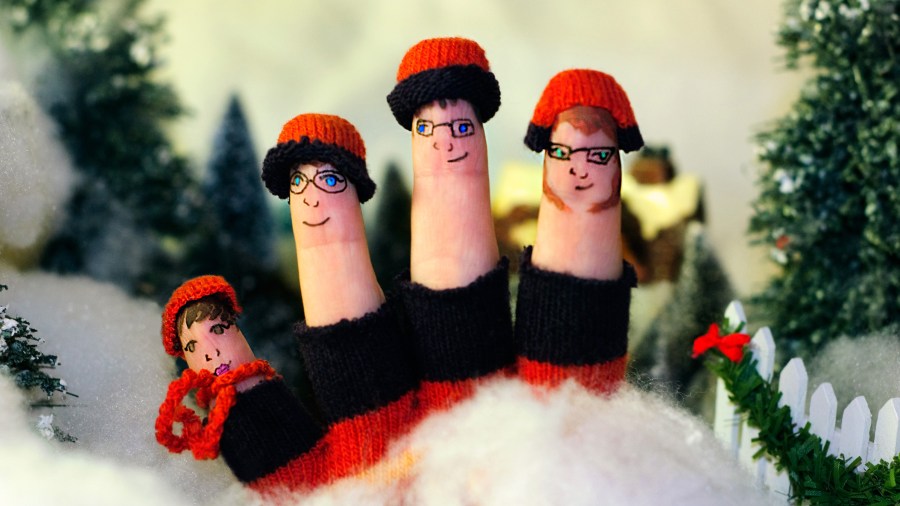
How many body parts beginning with the letter "d" can you name right now? The answer may be tricky, especially because you probably haven't heard of many of them (and you certainly can't see most of them). With so many internal organs and body parts starting with the letter "d," you may need some help identifying them. Here's a handy list to help get you started.
Diaphragm
The diaphragm is the thin, connective tissue set between the stomach and the chest. It connects to your spine and is bordered by the sternum and ribs. Your diaphragm helps you breathe. When you inhale, your diaphragm contracts and flattens. You feel your rib cage rise up when this happens, and your lungs fill with air. When you exhale, your ribs lower and your diaphragm relaxes.

The duodenum is a section of the small intestine. It is shaped like the letter "c" and fits near the kidney and lumbar section. It's the first part of the intestine, and it connects to the jejunum. Since it is the first stop for food after the stomach, the duodenum plays an important role in gathering nutrients from the food you ate. Eventually, food moves through the rest of the small intestine.
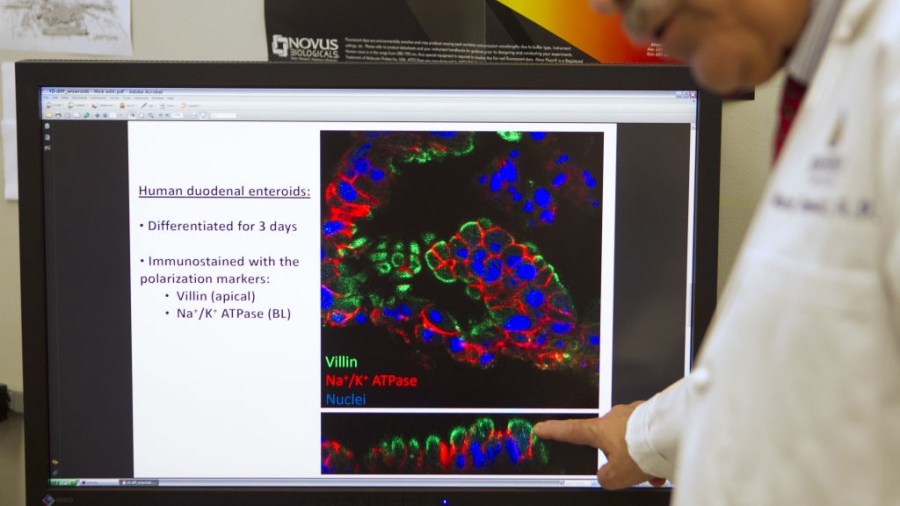
Dermis
The dermis is a layer of skin that sits beneath the outermost layer called the epidermis. The dermis plays the role of providing nourishment to the epidermis. The outer layer of skin relies on the dermis because it does not have its own system to provide blood. The dermis contains all the nerve endings, sweat glands, hair follicles, and blood capillaries. It is thick and hearty, protecting your organs inside.
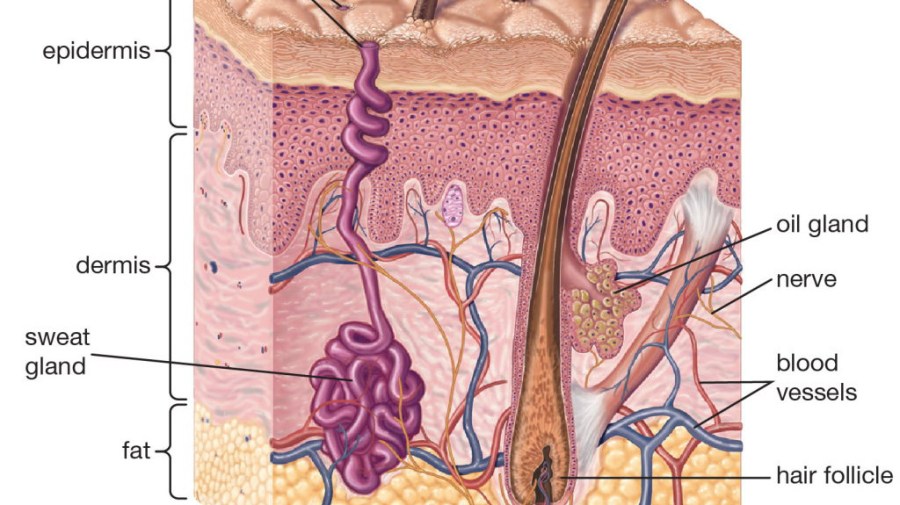
Digits
Your fingers and toes are also known as digits. If you need help remembering this, remember that you can count on your fingers, and "digit" is another word for "number." The bones inside the digits are called phalanges, and the evolution of digits means that not all animals have this body part.

Digestive System
The digestive system, which contains the duodenum, is the part of the body responsible for helping food travel through your body. As the food travels through your system, it absorbs nutrients. Organs in the digestive system include the tongue, liver, pancreas, gallbladder, and gastrointestinal tract. The process of digestion begins with chewing and breaking down the food with saliva, and ends with waste leaving the body.
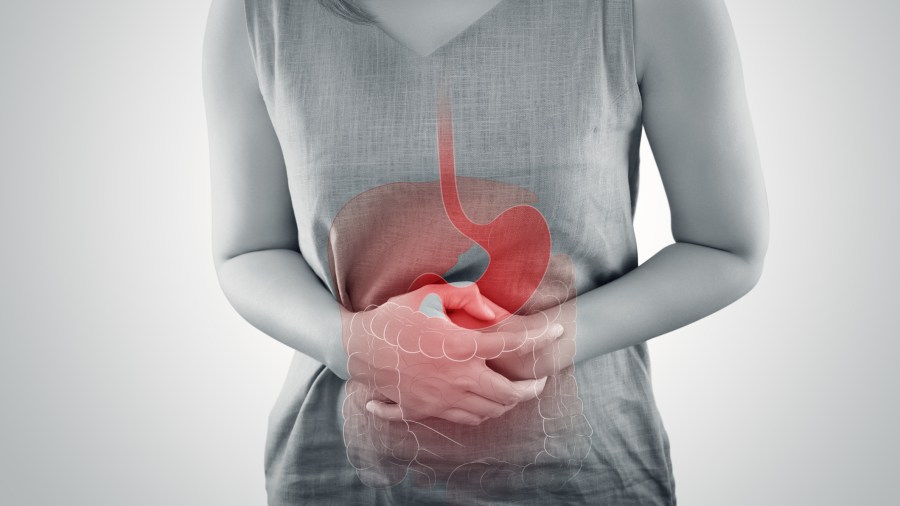
Ducts
The ducts of the eyes are the part of the body where we release tears. Ducts are small tunnels that are just big enough for tears to pass through. Additionally, ducts are connected to your throat. As the glands near your eyes release moisture into your eyes, the ducts typically help drain excess liquid from the area. In most cases, the ducts direct the tears away. When you cry, the ducts direct water through the corners of the eyelids.

Dua's Layer
Dua's Layer is one of the six layers found in the cornea. Surprisingly, this part of the body was not discovered until 2013. The layer is extremely thin.
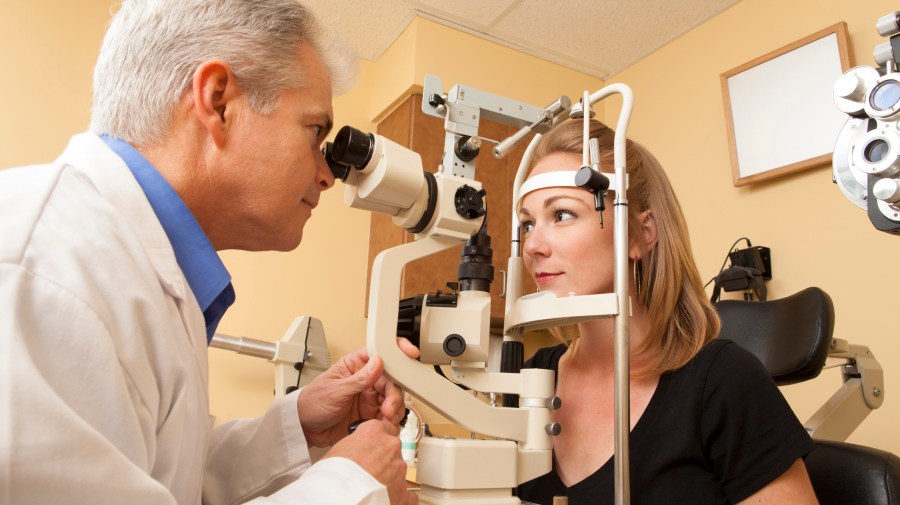
Dorsal Cavity
The dorsal cavity is a part of the body filled with fluid surrounding the brain and spinal cord. It is made up of the cranial cavity and spinal cavity, both of which provide protection for the sensitive nervous tissue inside. The spinal cord is especially fragile and requires this extra buffer as a cushion.
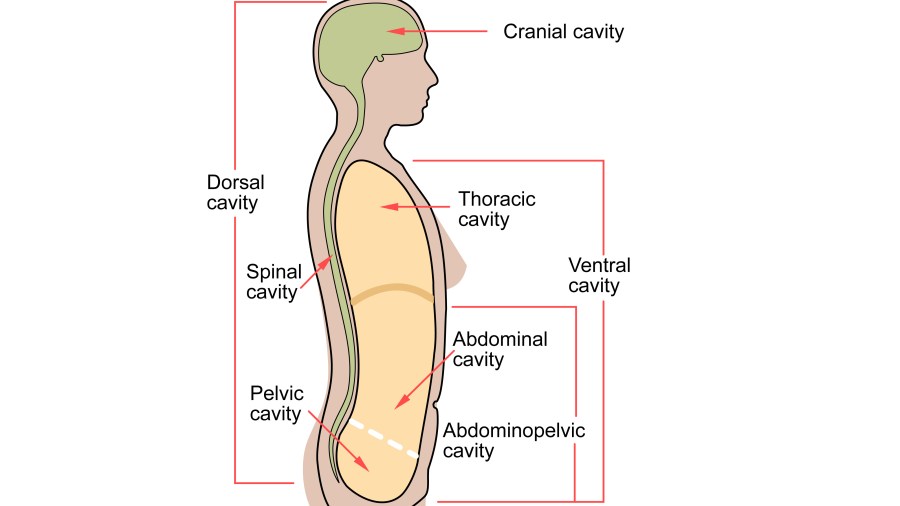
Descending Aorta
The aorta is the body's largest artery, running through the chest and the abdomen. The descending aorta is the portion that begins after its arch and ends where the aorta splits into two pieces at the legs. It helps bring blood to different parts of the body.
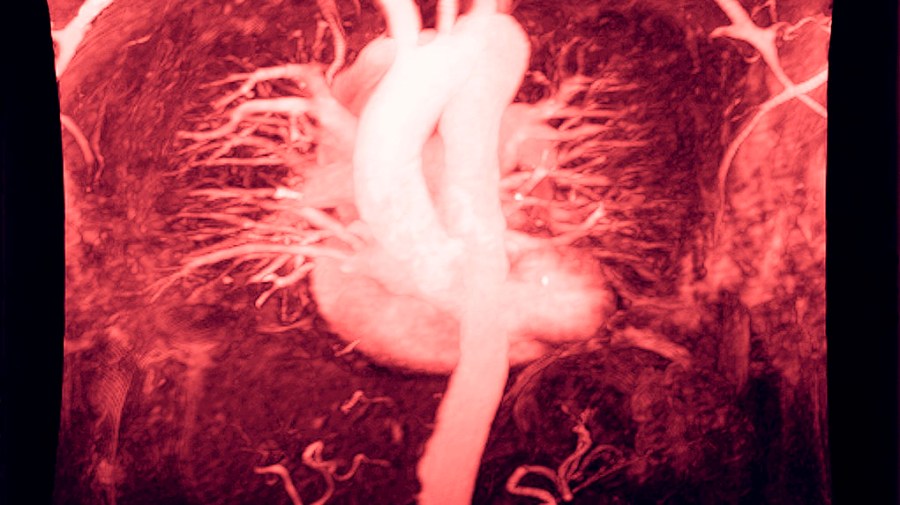
Dura Mater
The dura mater is one of the layers that helps cover the spinal cord and brain. It is the top layer and is one of three meninges that provide protection. The layer is thick and made of connective tissues to provide the largest possible buffer for the nervous system underneath it.
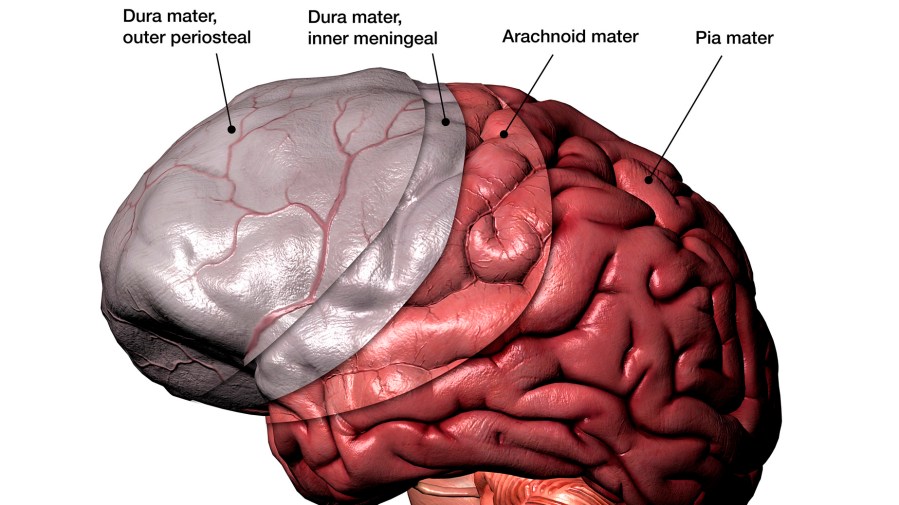
Source: https://www.reference.com/science/body-parts-start-letter-d-76ac09fdf75609e0?utm_content=params%3Ao%3D740005%26ad%3DdirN%26qo%3DserpIndex&ueid=e4b0d4db-907f-4661-9a8c-01a81ed10ef4
0 Response to "A d The Bible Continues Episode the Body is Gone for Free"
Postar um comentário